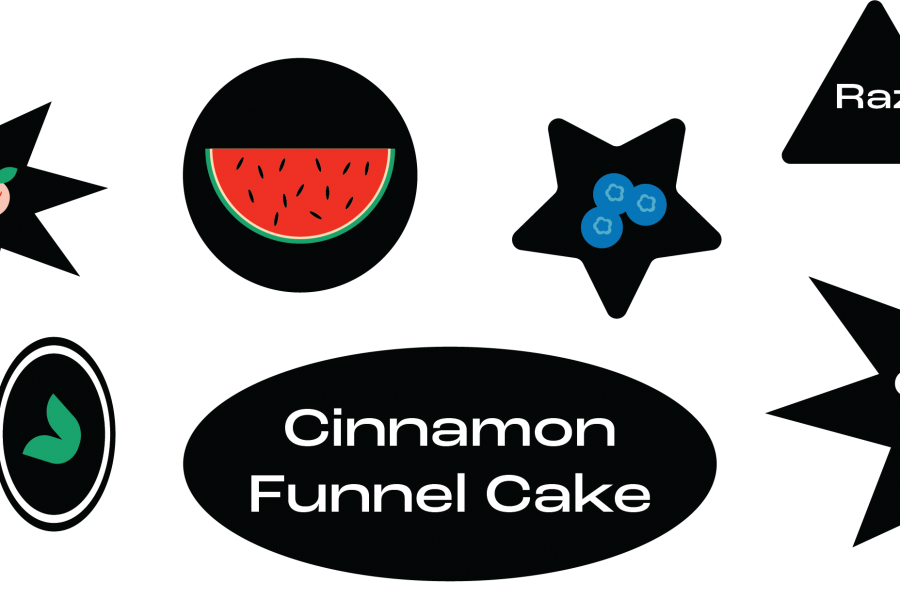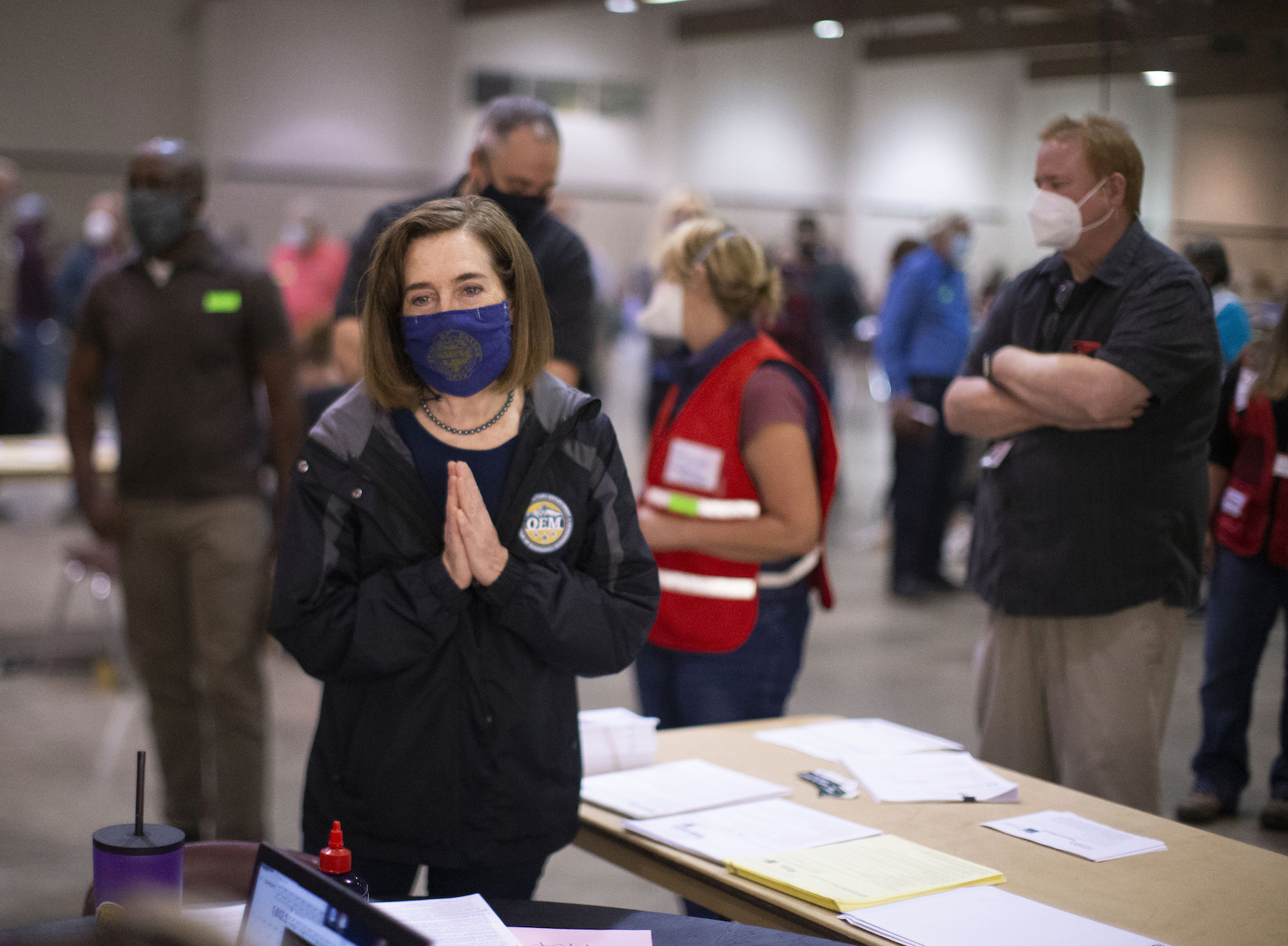A troubling new COVID-19 variant—dubbed Omicron—was first identified and then reported to the World Health Organization (WHO) by South Africa on Nov. 24, 2021. This variant has been named a variant of concern, after reports from the WHO suggest an increased risk of reinfection and more adaptability at evading public health measures.
Dr. Anthony Fauci has warned that those in the United States must do “anything and everything” to fight the new variant, stating that it will “inevitably be here.” Still, it’s too early to say what kinds of health measures will need to be put in place in order to combat the new variant when it emerges in the U.S.
Some experts have pointed to reports that this variant may only cause mild illness, however many are suggesting that it is still too early to tell—and there is not enough data to make these conclusions. While the variant has been spotted in a dozen countries, including the UK and the Netherlands, there have been no sightings of the variant within the U.S, according to the Centers for Disease Control and Prevention.
The trouble with distinguishing how dangerous this variant is primarily due to how recently it emerged. Dr. Richard Lessels, infectious disease physician at the University of KwaZulu-Natal, stated that there has been “barely enough time for infections to have had time to progress to severe disease and hospitalization.”
Cases of this new variant have only been rising over the last two weeks, making it difficult to draw concrete conclusions on how it will affect our health. While many health experts urge extreme caution regarding the Omicron variant, according to the evidence presented, the evolutionary path of COVID-19 may be working in our favor for long-term survival.
Due to the relationship between virulence and transmissibility—a relationship studied extensively by virologists—viruses must evolve and adapt to keep themselves alive and spreading between hosts. If a virus is too virulent—meaning it is too potent, too quickly—the virus cannot spread between hosts rapidly enough, and will pass in a shorter amount of time along with its host. To remedy this, a virus must be transmissible in order to survive.
In order for a virus to be transmissible, it must keep its host alive in the process. This creates an evolutionary balancing act between how potent a virus can be versus how quickly it can spread. Viruses can evolve to make the transmissibility easier, such as through aerial transmission, sexual transmission or survivability outside a host body. This transmissibility often requires an evolutionary trade-off over time, and requires a virus to trade its virulence for its transmissibility. However, if it becomes too impotent, the virus can be taken down more easily by immune systems.
All global pandemics, COVID-19 included, had examples of this. The 1918 Pandemic—involving the so-called Spanish Flu, now known to be an avian H1N1 virus—was another fraught example of a deadly virus that spread quickly, just over 100 years ago. Flu variants continue to spread to this day, but with much lower mortality rates than that of 1918.
Describing a scenario where COVID-19 may evolve in much the same way over a long period of time is far from optimistic, but it is better than the alternative—where its virulence would increase and mortality rates remain high for the unvaccinated and elderly.
One critical problem is that most of the reports surrounding the Omicron variant patients come from Gauteng Province in South Africa, a region populated mostly by younger people at universities and higher education institutions.
This means that there is still little-to-no data surrounding how it affects the most vulnerable groups that the virus targets. 31% of unvaccinated people in the United States are still susceptible to COVID-19 at its worst. With the WHO citing an increased risk of reinfection with the Omicron variant, this could spell disaster not just for unvaccinated populations, but for the vaccinated as well.
Rumors of Omicron’s mild symptoms may be a sign that the virulence of COVID-19 is beginning to plummet, which would be good news. Most patients only described a slight cough with no loss of taste or smell. While the ideal scenario is a complete obliteration of the virus, the U.S. has vaccination rates plateauing at around 69%, which suggests an endemic future.
What countries and scientists will learn about the Omicron variant over the next few weeks will be essential to help prepare for its emergence in the U.S. A new variant like this could require yet another wave of restrictions and limitations for businesses and locations to adhere to. Whether or not the U.S. can reduce its infection count to zero is one problem, but, if not, the least we can hope for is for the virus to evolve away from its virulence and become something far less deadly.






